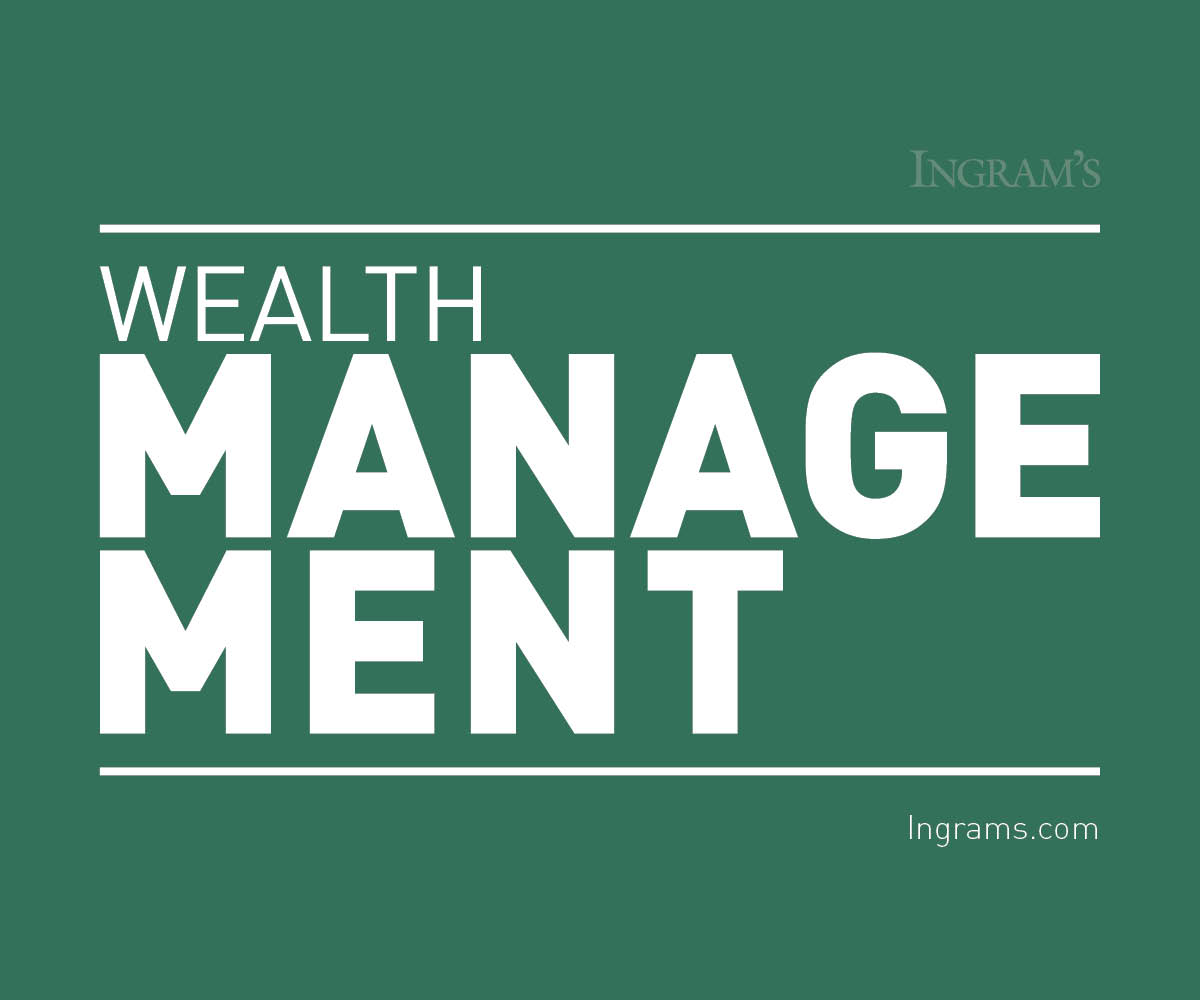HOME | ABOUT US | MEDIA KIT | CONTACT US | INQUIRE
HOME | ABOUT US | MEDIA KIT | CONTACT US | INQUIRE

I’m sure many of us are glad to see the calendar pages turn. While 2020 experienced an unprecedented economic event, in many other ways, it was just average.
In the year past, the economy witnessed one of the swiftest cycles seen in history. The contraction in the second quarter was truly unprecedented—the U.S. has not seen an economic contraction of that magnitude since the government started keeping records in 1947. The good news is the 2020 recession didn’t last long. For the calendar year, we estimate the economy contracted by 3.5 percent which, believe it or not, is close to average in periods of recession. Since WWI, the average economic contraction in a recession is 3.0 percent. The actual data is surprising, because this contraction surely didn’t feel average.
 The financial markets have been telling a different story. Back in 2019, the markets had a stellar year. The S&P 500 posted a return of 31.2 percent—much higher than the 5-year average annual return of 11.7 percent. In fact, in 2019, most asset classes did better than their 5-year averages. And even though we witnessed an unprecedented downturn in the second quarter of 2020, the returns in the financial markets have been above the 5-year averages.
The financial markets have been telling a different story. Back in 2019, the markets had a stellar year. The S&P 500 posted a return of 31.2 percent—much higher than the 5-year average annual return of 11.7 percent. In fact, in 2019, most asset classes did better than their 5-year averages. And even though we witnessed an unprecedented downturn in the second quarter of 2020, the returns in the financial markets have been above the 5-year averages.
The Economy. In 2021, we expect robust economic growth; specifically, a 4.1 percent increase in real GDP, which is better than average. The average real GDP after the Great Recession, from 2009 to 2019 (a period we call the Great Moderation), is 1.8 percent. The coming year will be much better than that for the following reasons:
 The economy will still be in recovery mode. As we have cited previously, history tells us it has taken two years to recover from material economic events. And even though we enter the year with spiking cases and new restrictions on activity, vaccines are being broadly distributed. Pent-up demand along with a high savings rate will boost consumption beginning in Q2 2021.
The economy will still be in recovery mode. As we have cited previously, history tells us it has taken two years to recover from material economic events. And even though we enter the year with spiking cases and new restrictions on activity, vaccines are being broadly distributed. Pent-up demand along with a high savings rate will boost consumption beginning in Q2 2021.
Government stimulus will continue to drive activity. It’s amazing what $5 trillion can do to an economy. And President-elect Biden supports even more stimulus if required. Plus, cuts in discretionary spending by consumers added $1.3 trillion in savings just waiting to support consumption in 2021.
Monetary policy remains accommodative. The Federal Reserve has demonstrated that it is willing to support financial markets regardless of the disruption. The Fed has telegraphed its intentions to keep rates close to zero for as long as needed to get the economy back on track and indicated three factors that will influence its decision to change interest rates: An average inflation rate above 2 percent for some time; maximum employment; and ensured sustainability of both.
The feds have pulled all the levers they could to keep the economic going, and we expect that growth to continue into the new year.
Therefore, we see no change in Fed policy in 2021.
Equities. Economic growth, stimulus and accommodative financial conditions will all be part of the formula driving corporate earnings. We expect earnings to grow 25 percent in 2021 and most equity markets will post positive returns. However, much of this may be already priced into the market and, as previously mentioned, due to above average returns over the past two years, we do expect 2021 returns to be modest, in the 7-10 percent range, below the five-year average. We expect the S&P 500 to end the year between 3,950 and 4,100.
There are many tailwinds supporting stock prices. Low interest rates and the need to optimize profits will drive merger and acquisition activity. This may keep valuations a bit frothy. Banks and credit are the lifeblood of the economy. In late 2020, the Fed allowed banks to buy back stock. This will provide more fuel for the equity fire, increasing the relative attractiveness of risk-based assets.
Of course, risks remain. The COVID-19 virus remains a risk. Another risk is whether the Fed changes its guidance on the balance sheet or interest rates, just as in 2013, when we saw a “Taper Tantrum” and the equity market debacle. This could happen late in 2021 or in 2022.
Fixed Income. The Fed will control the entire yield curve, keeping short-term interest rates unchanged throughout the year and if needed, capping longer rates by buying longer-dated securities. This would keep the yield of the 10-year Treasury in check. Short-term rates will remain at 0.25 percent and the 10-year Treasury yield will move modestly higher to close the year at 1.25 percent.
Conclusion. Momentum that was building in the second half of 2020 will continue into 2021, with growth above average as we return to a state of normalcy. We expect GDP to be in the 3.8 percent to 4.3 percent range in 2021. Risk-based assets are expected to produce positive returns, yet lower than the 5- and 10-year averages. We do expect to see volatility in the equity markets. A new administration may cause some short-term uncertainty, and given the strong performance of the market over the past nine months, a correction would be normal and healthy.
Interest rates are expected to be stable as the economy recovers. We don’t expect inflation to be a threat in 2021